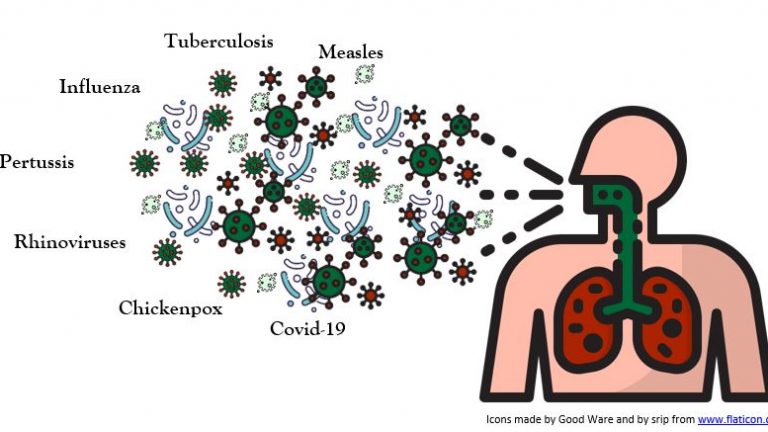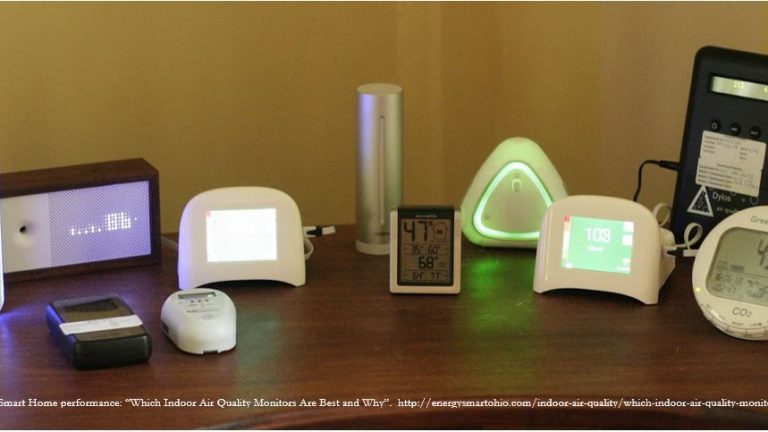Category: CIVIL 460 Course – 2020-2021

The effects of Wood-Based Furniture on Indoor Air Quality
Author: Marie Briand Furniture is an important issue of people’s daily life, and everyone is even more aware of it during a move or a change of life. Unfortunately, nowadays the quality is not a purchase criteria. Bookshelves, beds, wardrobes, and cabinet doors are made in wood-based panels, which create Volatile Organic Compounds (VOCs), in (…)

Airborne Infectious Disease Transmission in Hospitals
Author: Nuno Teixeira Mèndez Healthcare associated infections are a known burden in hospitals as they are linked to longer stay during hospitalization, long term sequela and higher treatment cost. In Switzerland, 7 to 8% of inpatient are diagnosed with a nosocomial disease per year [1]. Part of it is due to airborne infectious disease. Airborne (…)

The effects of bio-based construction materials on indoor air quality
Author: Johnny Syriani Introduction In an effort to reduce energy consumption in buildings, new construction methods and products are making their way in the building industry. Some of the more common practices to limit energy losses include increasing envelope airtightness and insulation. Airtight buildings, however, are usually associated with reduced ventilation rates. Thus, in this (…)
Are Candles Toxic to Indoor Air Quality?
Author: Edouard Cattin 1 Introduction When it comes to air quality, most scientific studies and concerns focus on outdoor air quality. The Swiss environmental legislation on air quality is a perfect example. Regulations require companies to emit no more than a certain amount of a pollutant into the outdoor air, called an emission limit value. (…)
Flame-Retardants: Friends or Foes?
Author: Cécile Berquand According to Fire Safe Europe, each day thousands of fires are declared leading to the deaths of 4000 persons per year in Europe. From a financial point of the view, over 126 billion euros are spent across Europe on fire-related costs [1]. To reduce the risk of fire, flame-retardants started to (…)

Low-cost sensing of indoor air quality – Is this a future?
Author: Ziad Sahlab The average adult takes over a million breaths every day [1], each of these breaths contains about 25 sextillion air molecules [2], which is such an unimaginably large number that if you line these molecules end to end, they can wrap around the earth 250 thousand times. Any of these inhaled molecules can be (…)